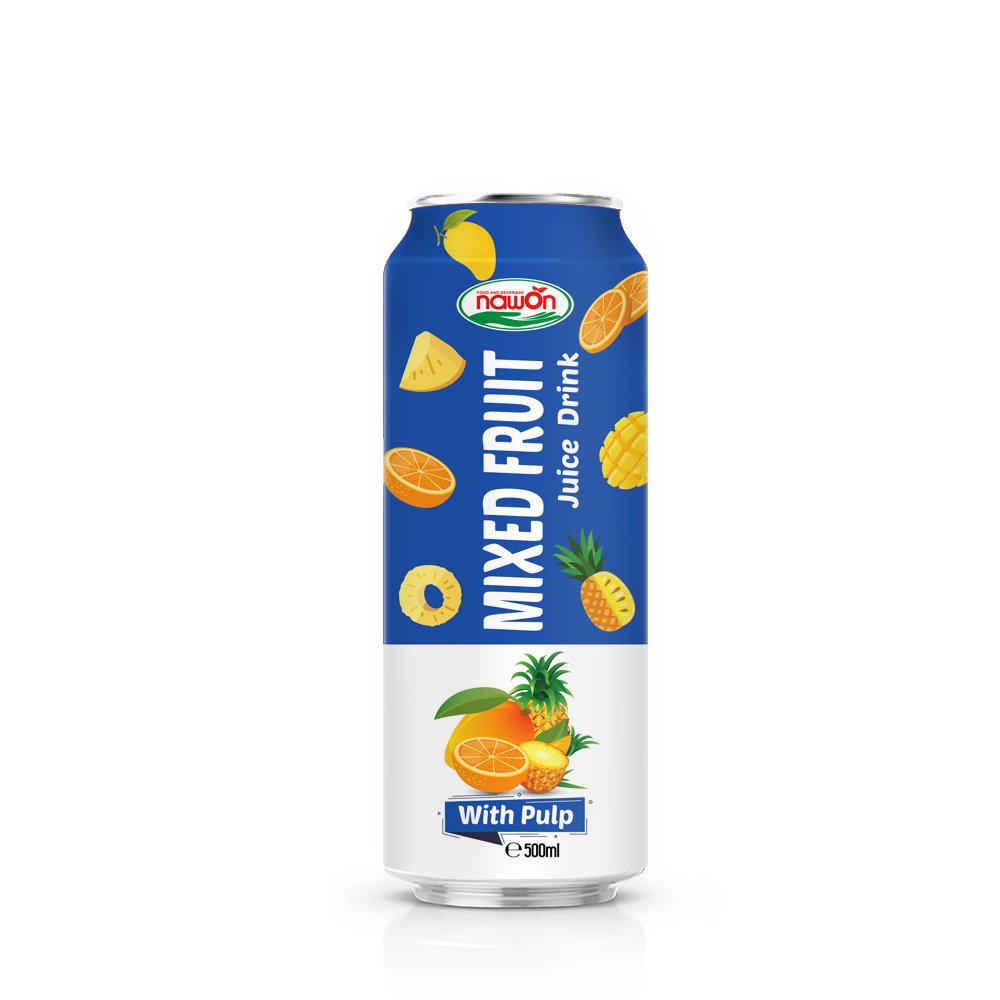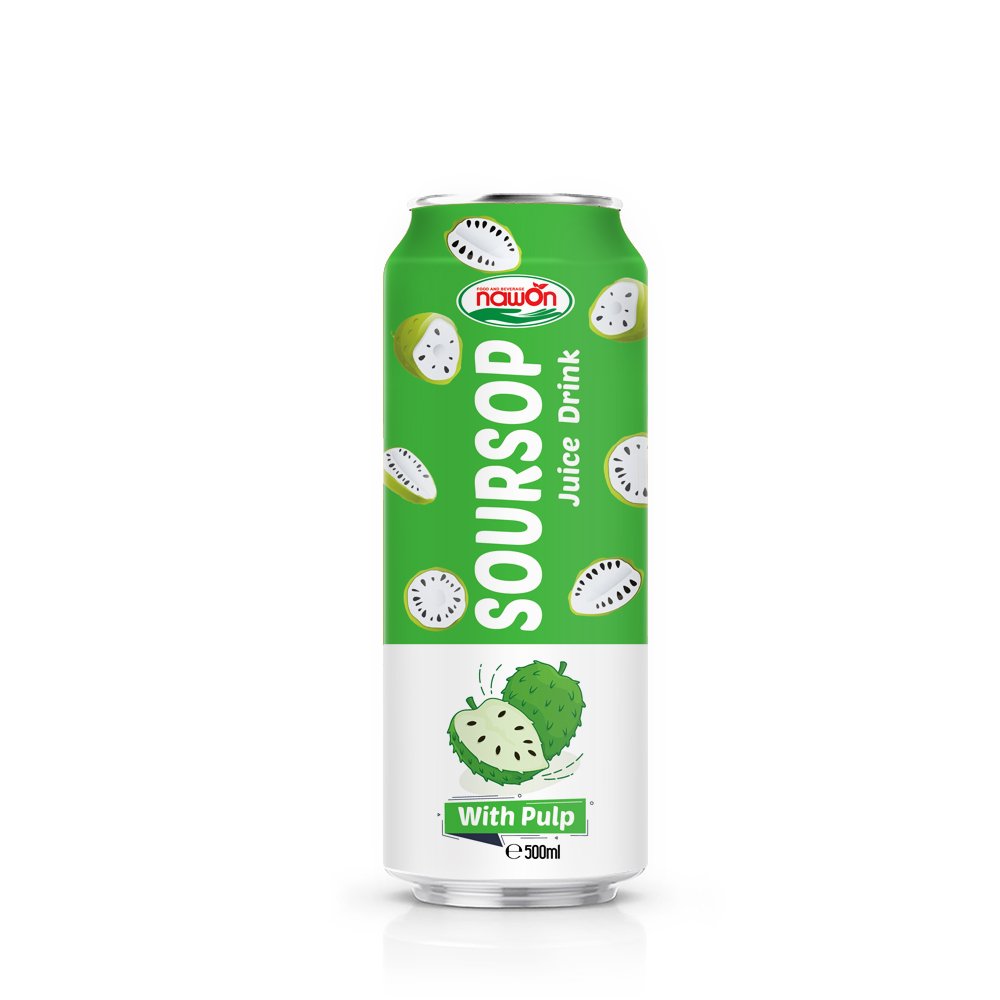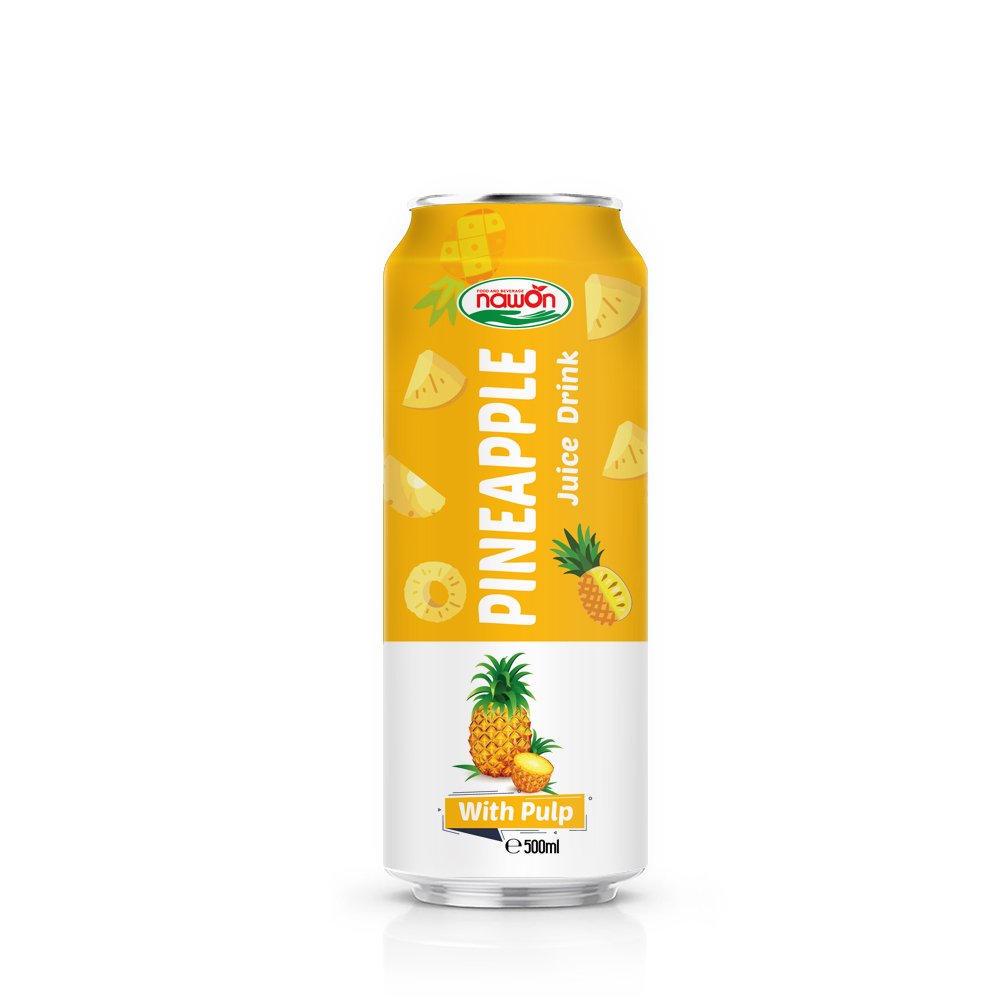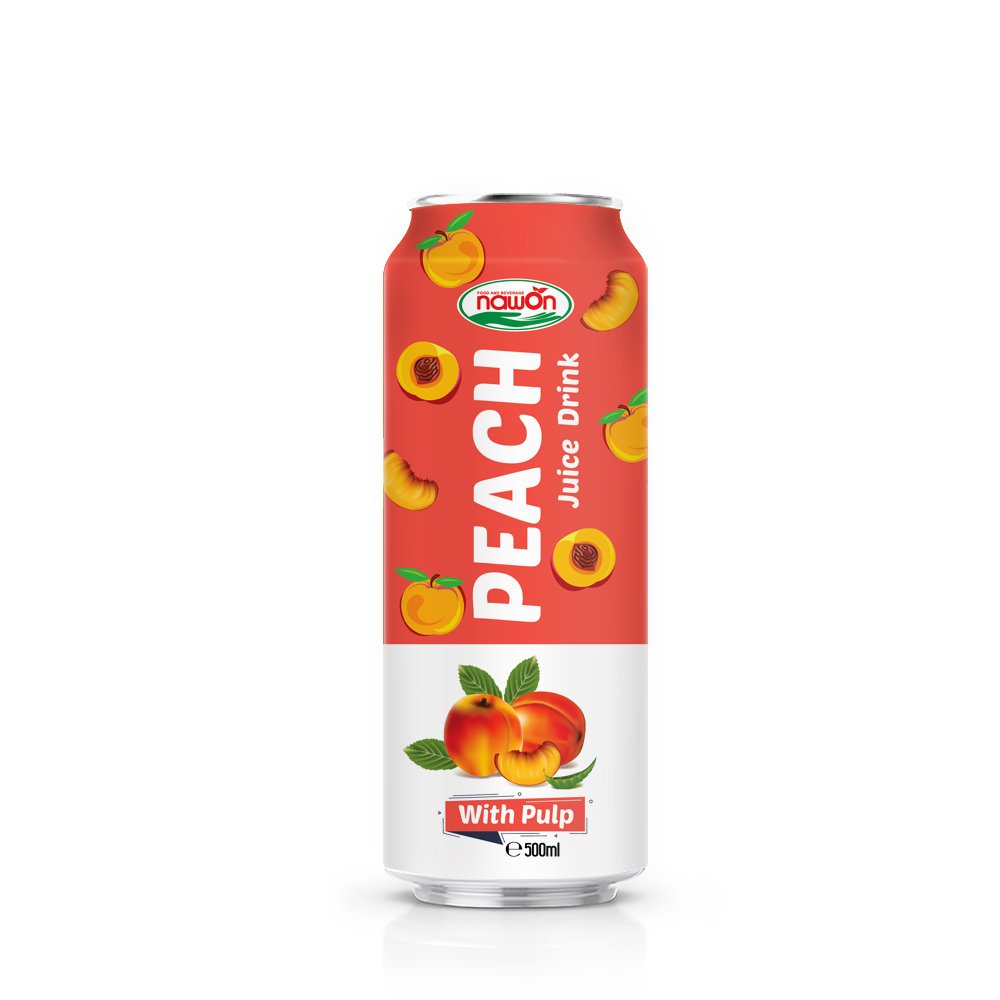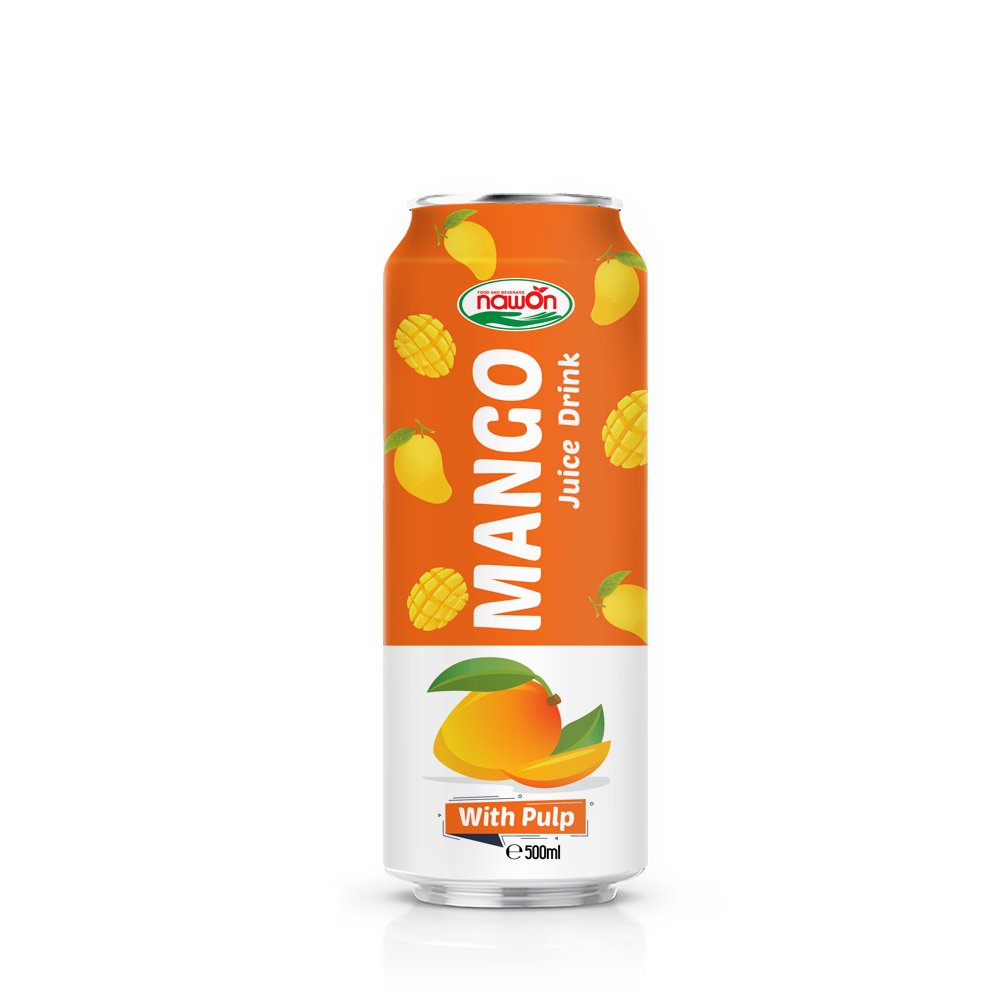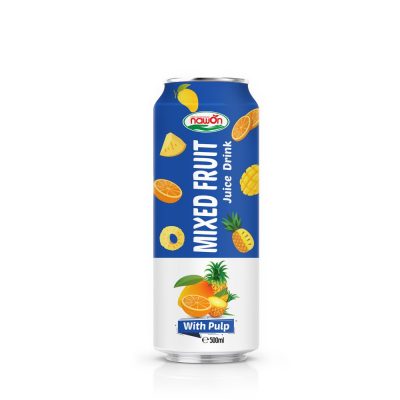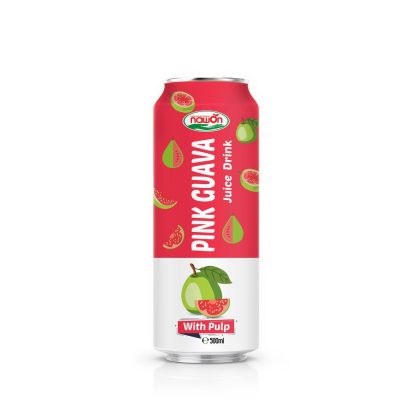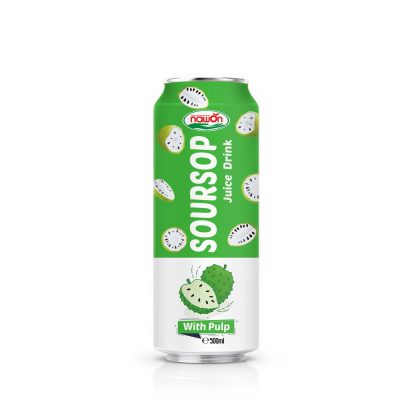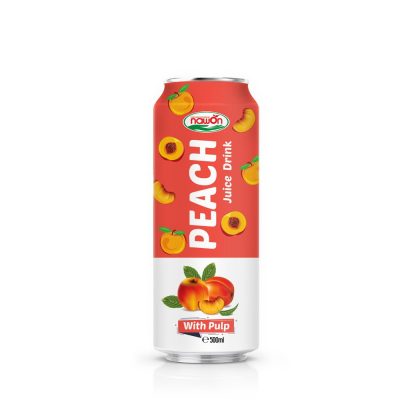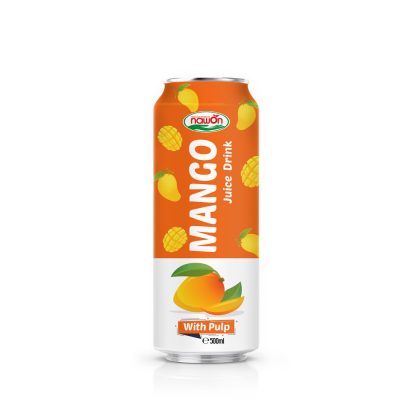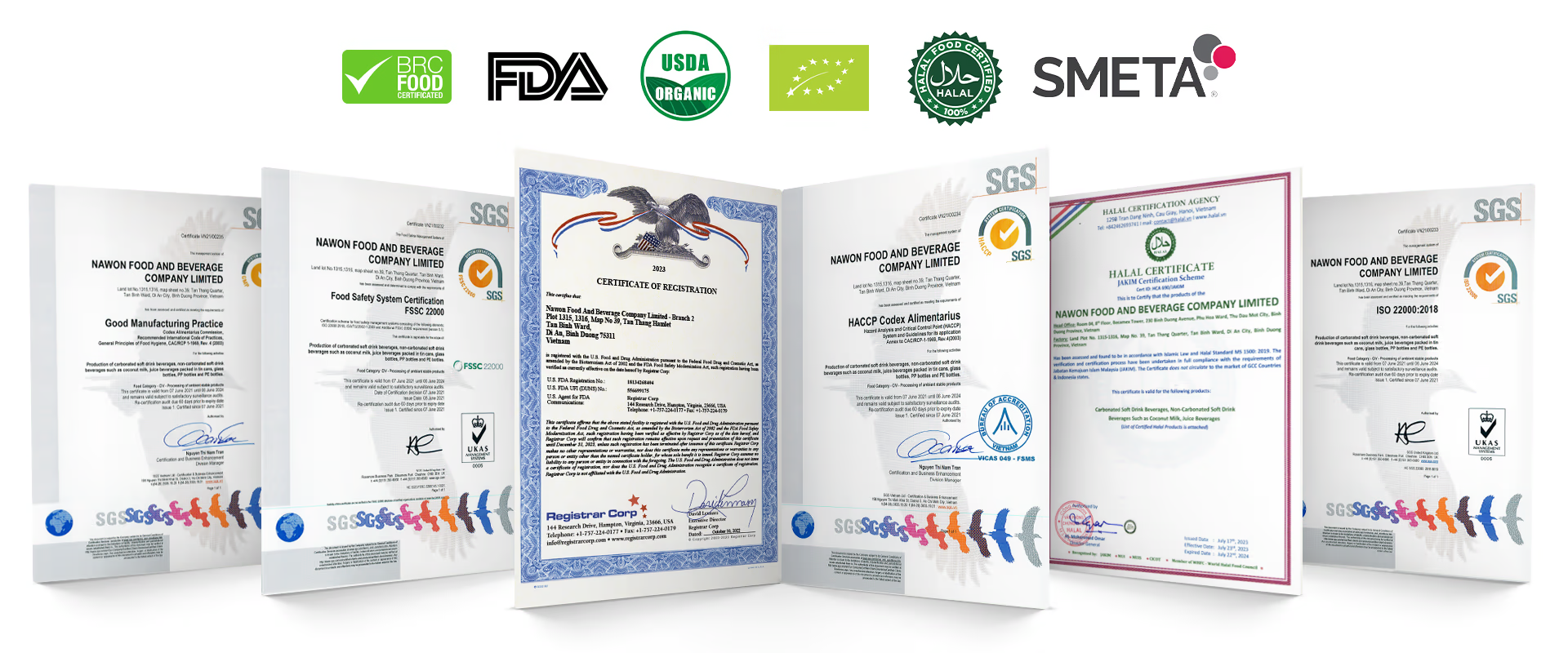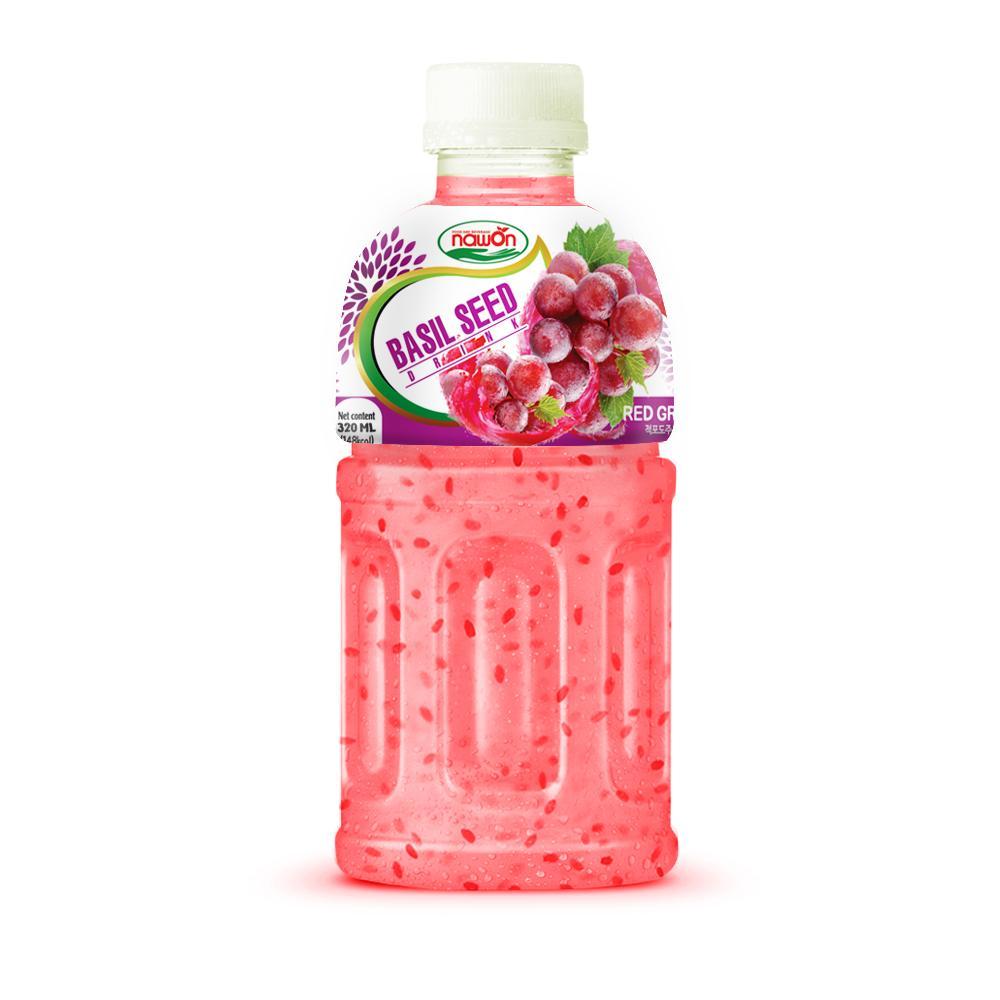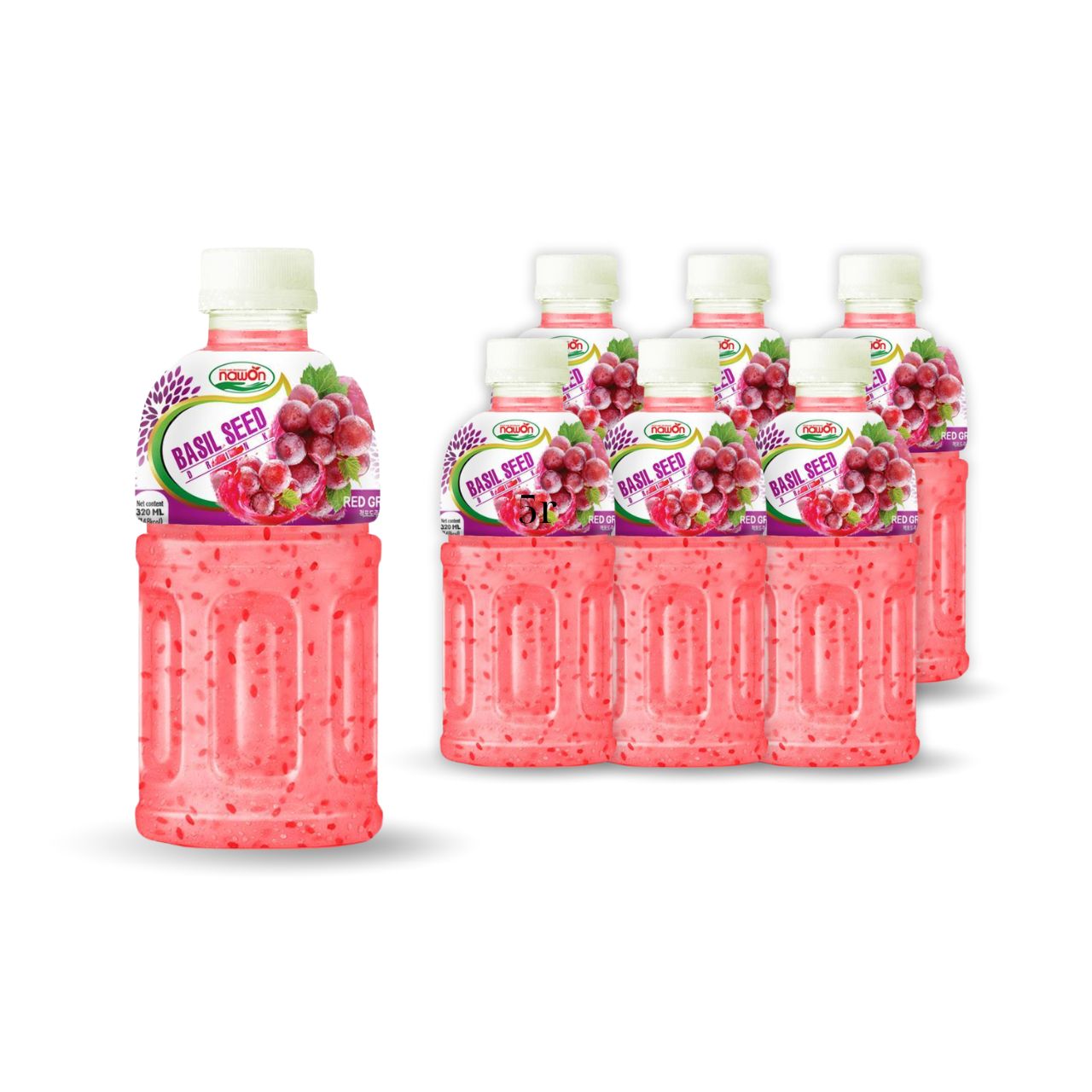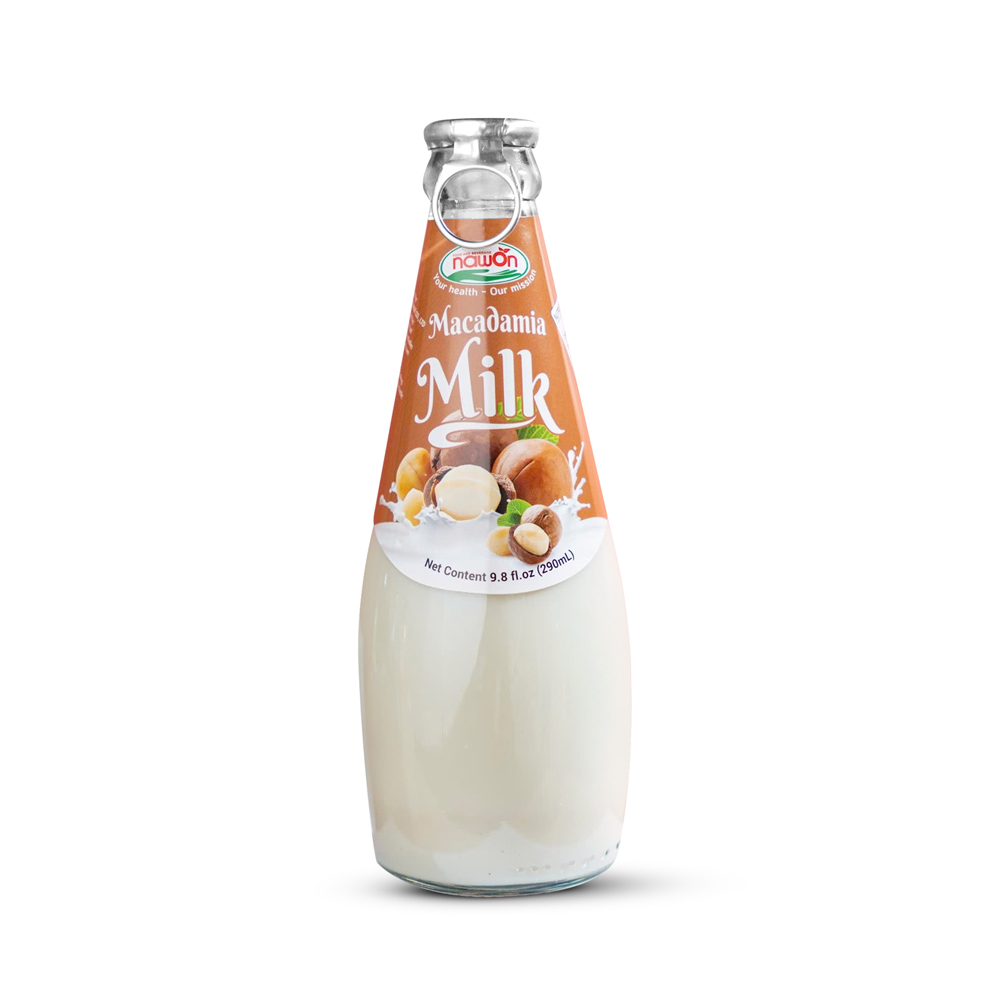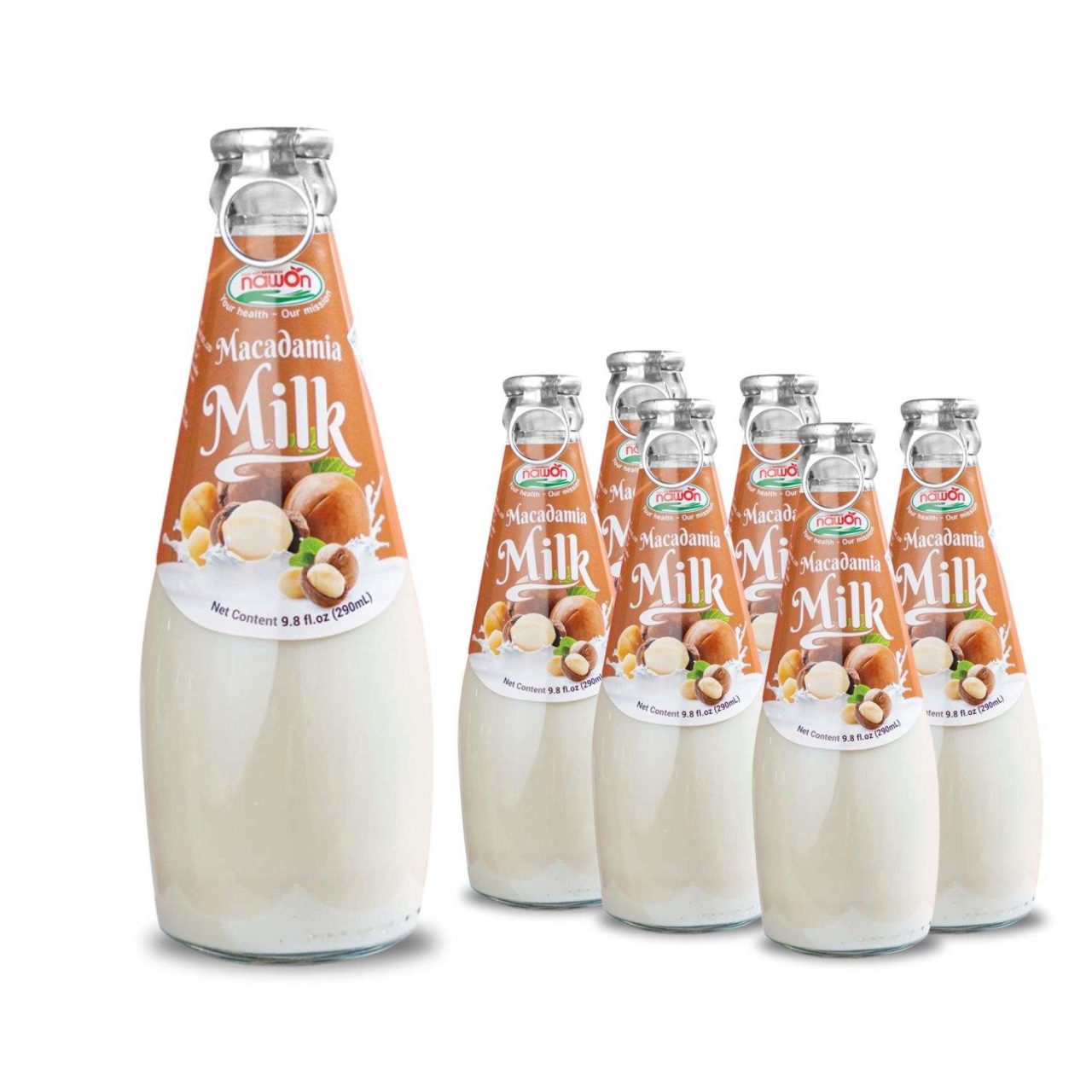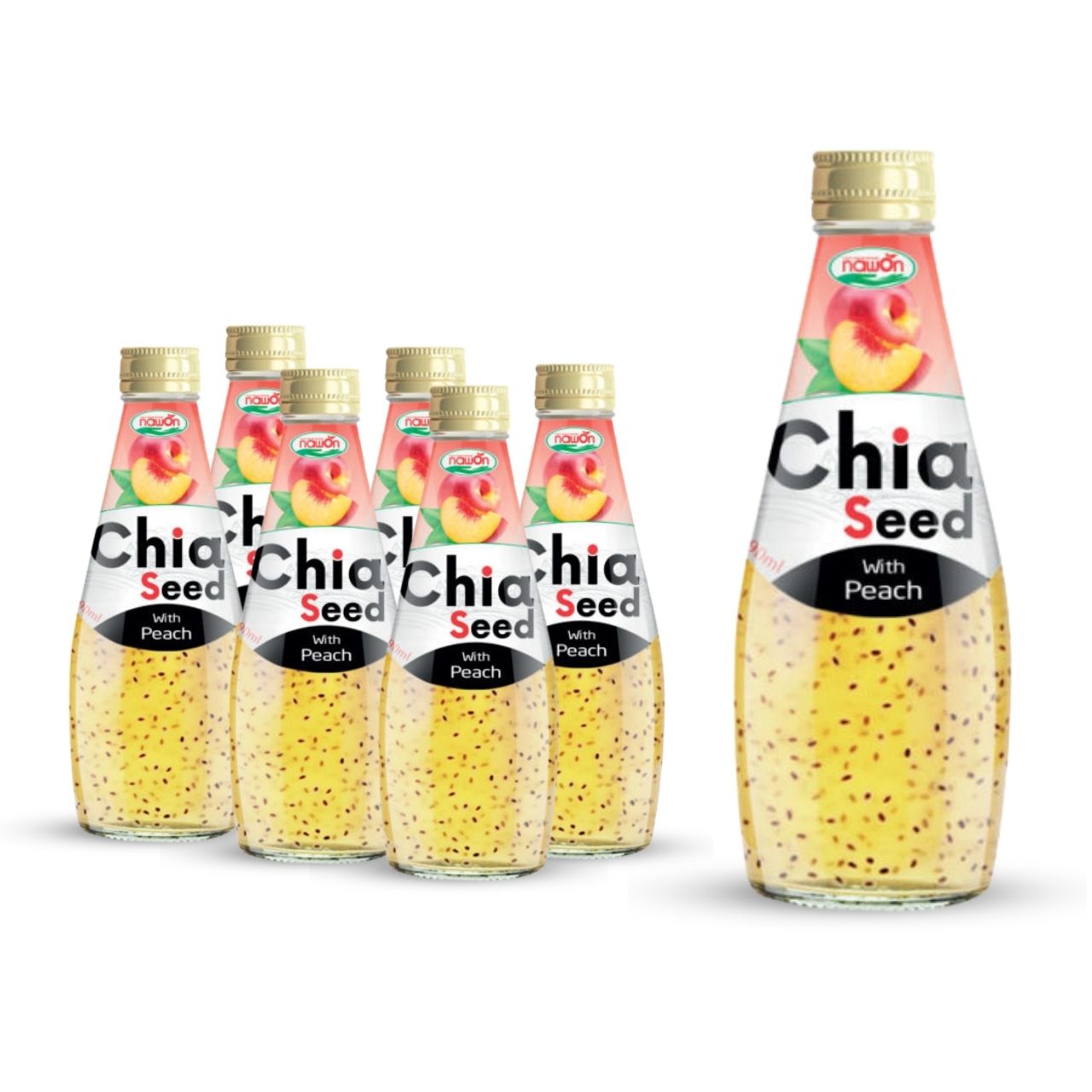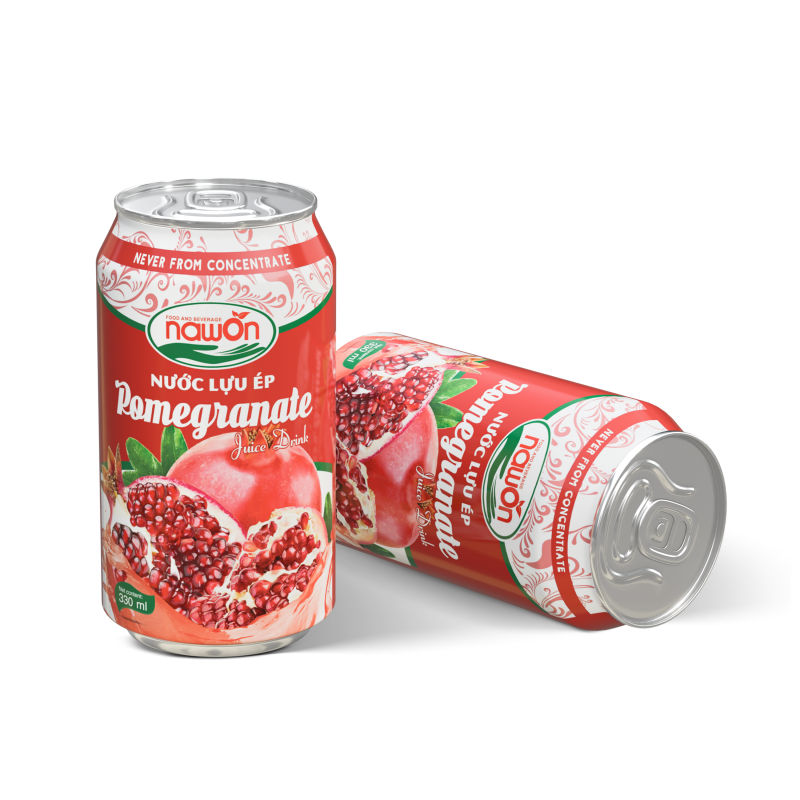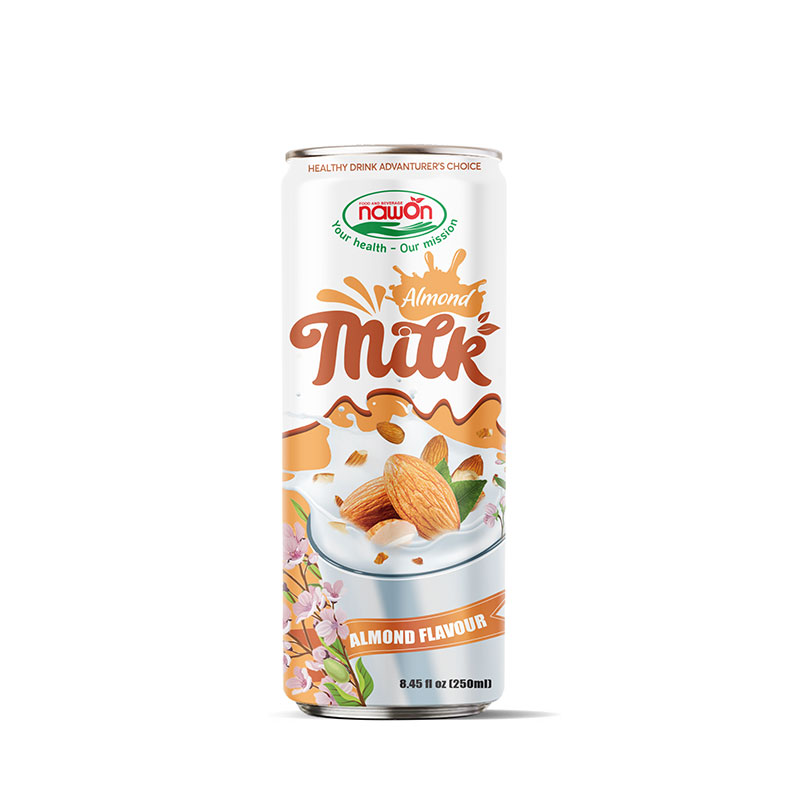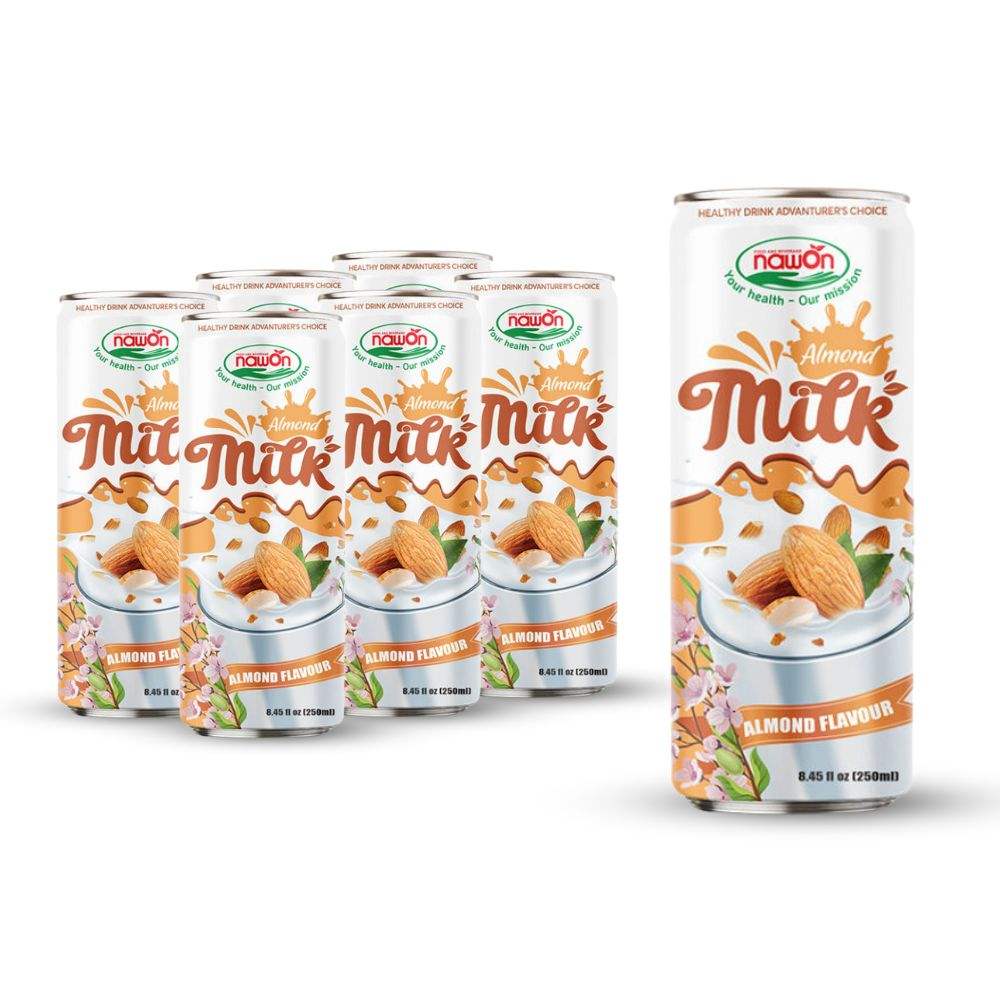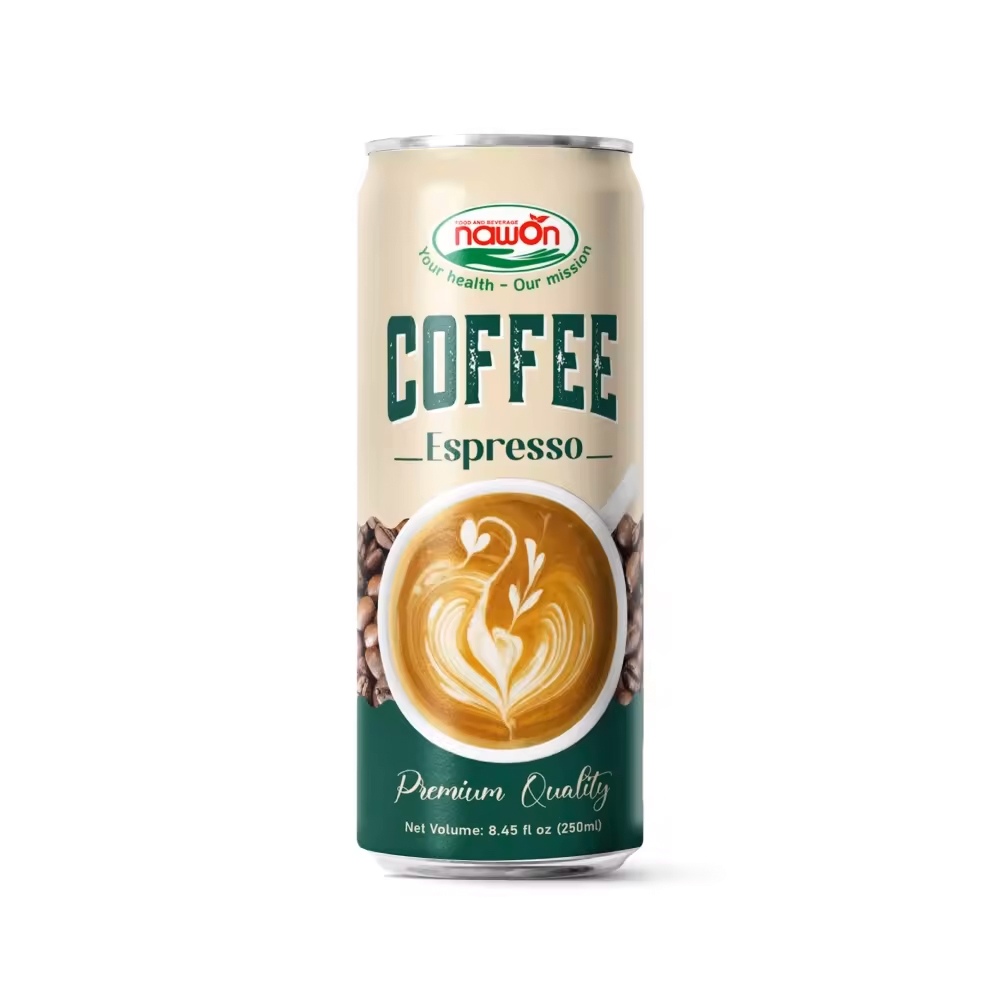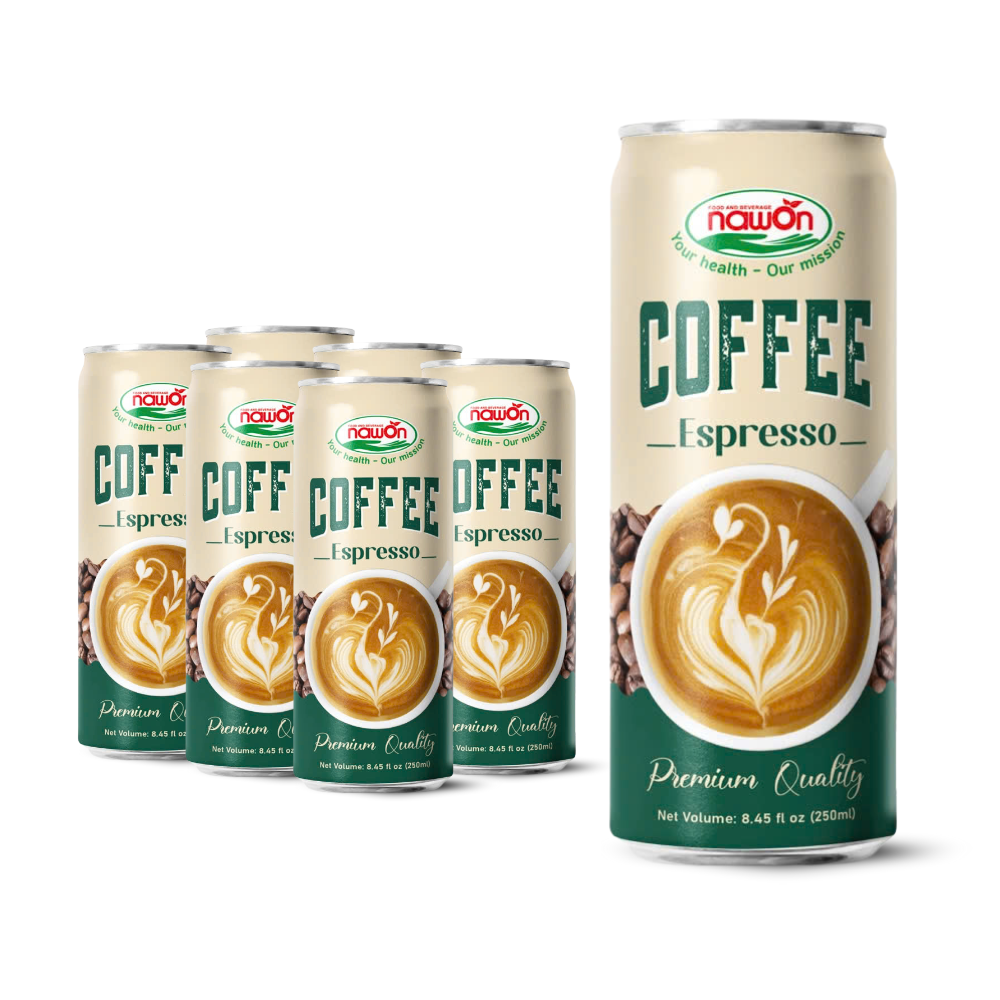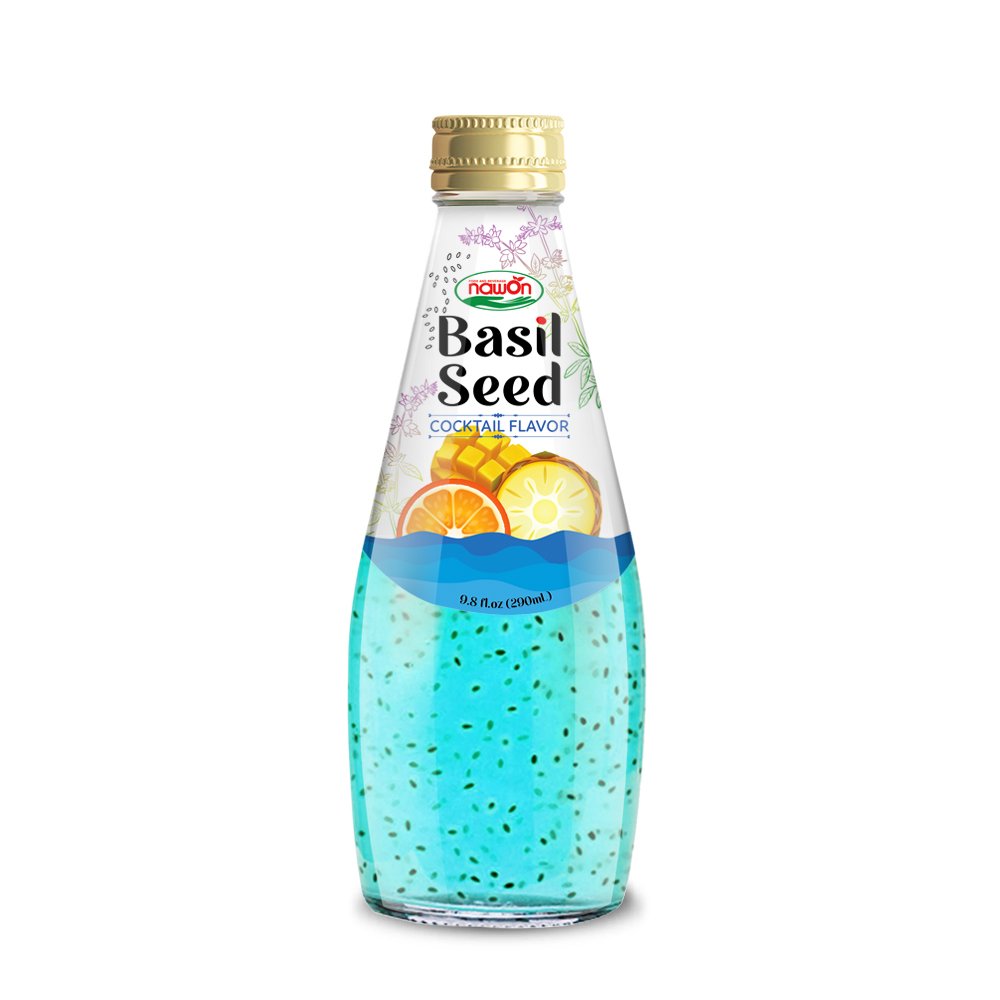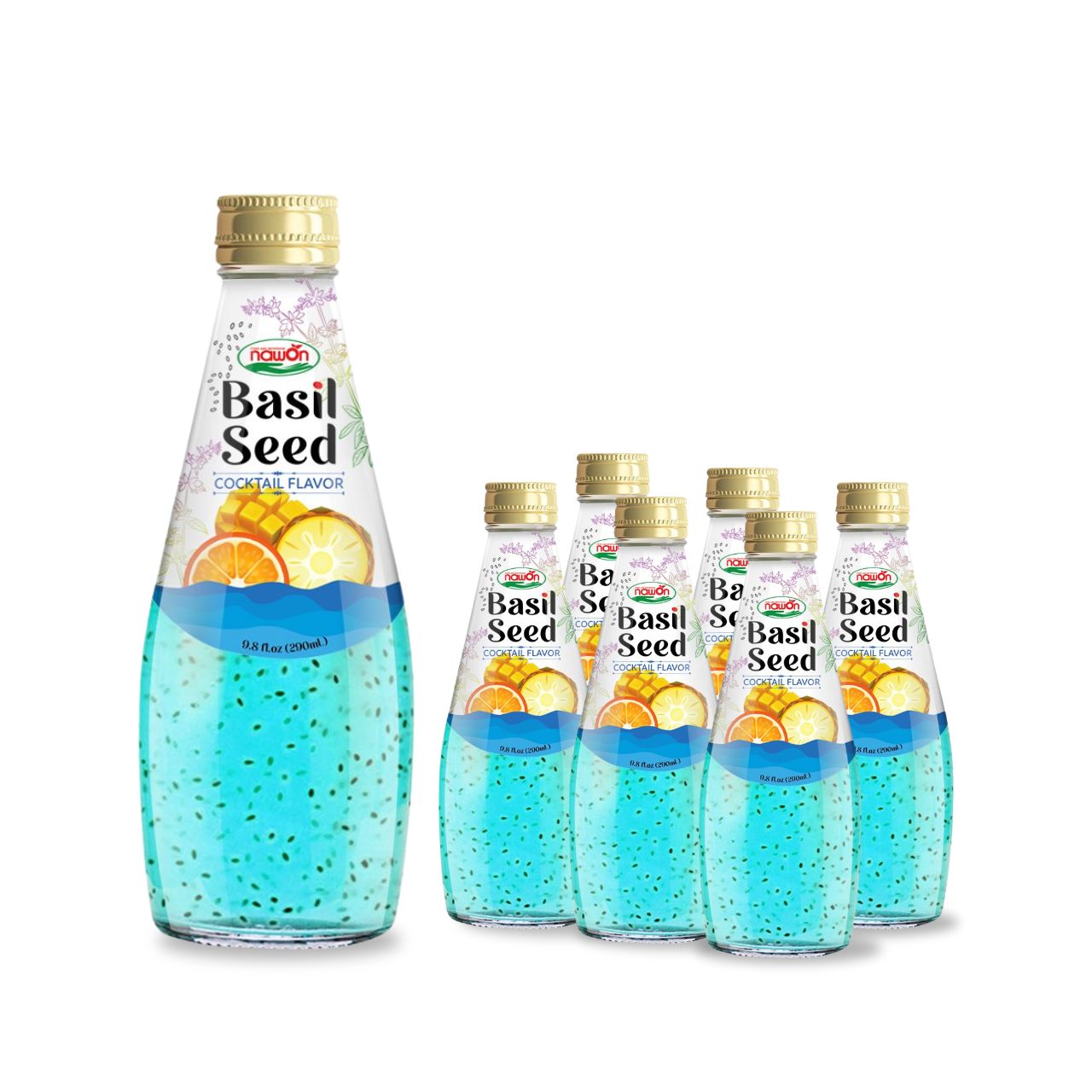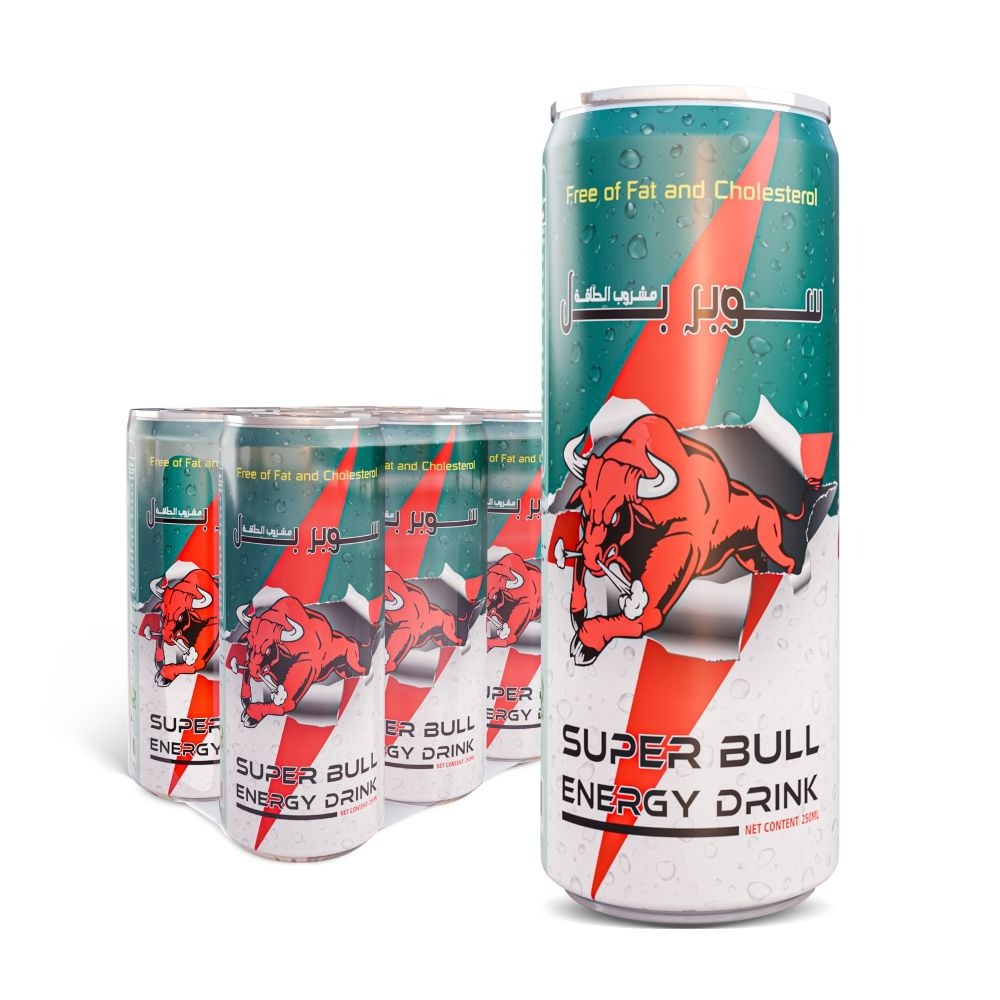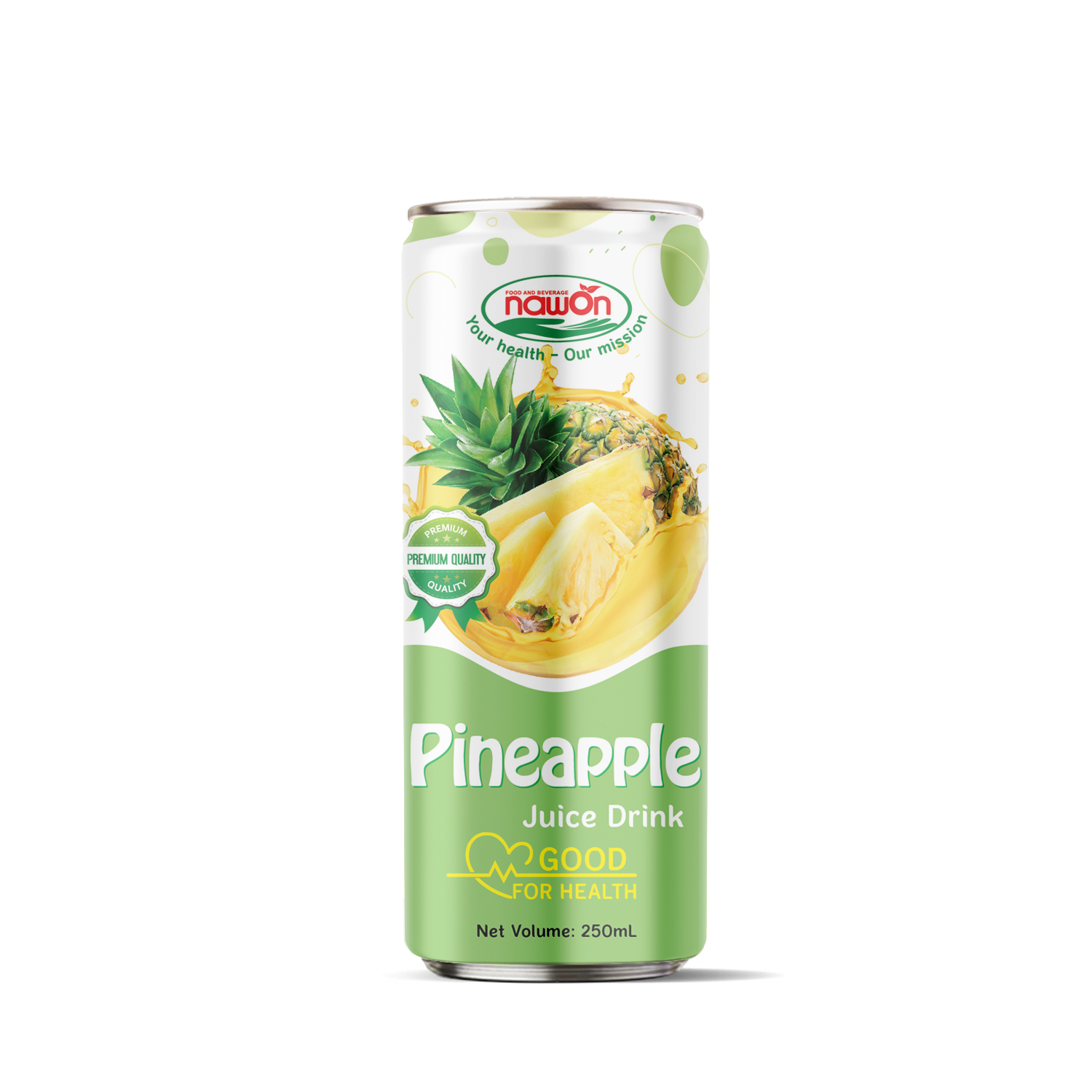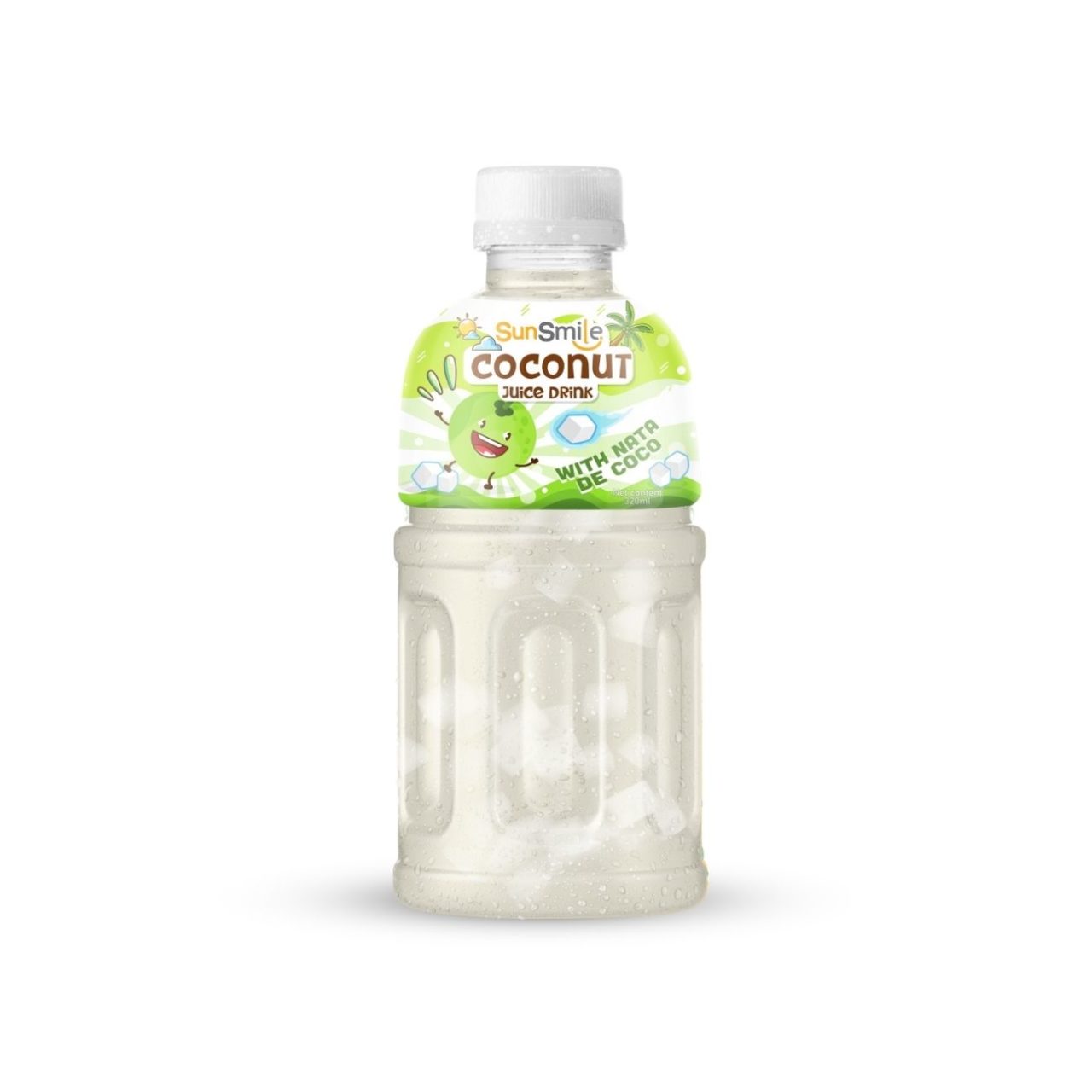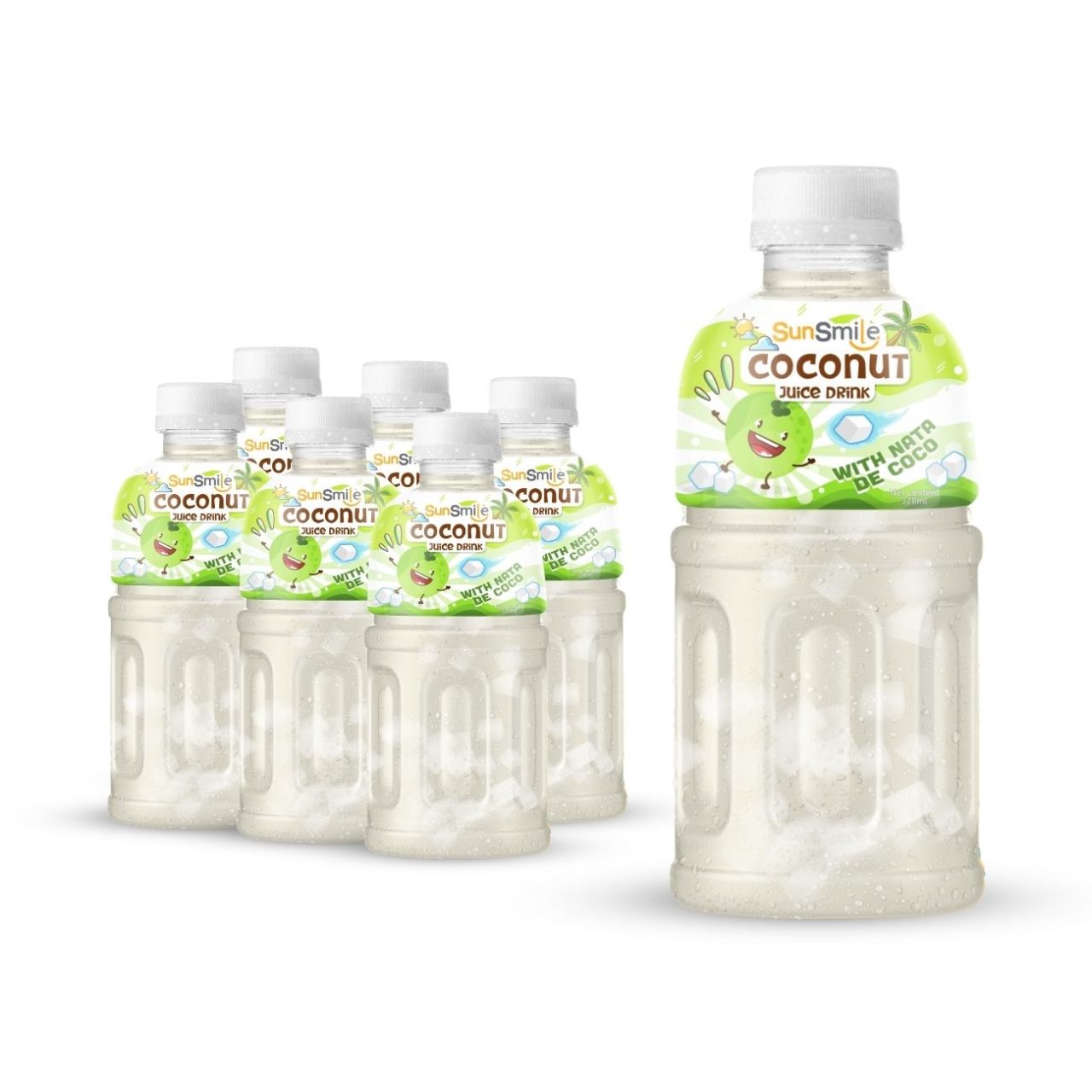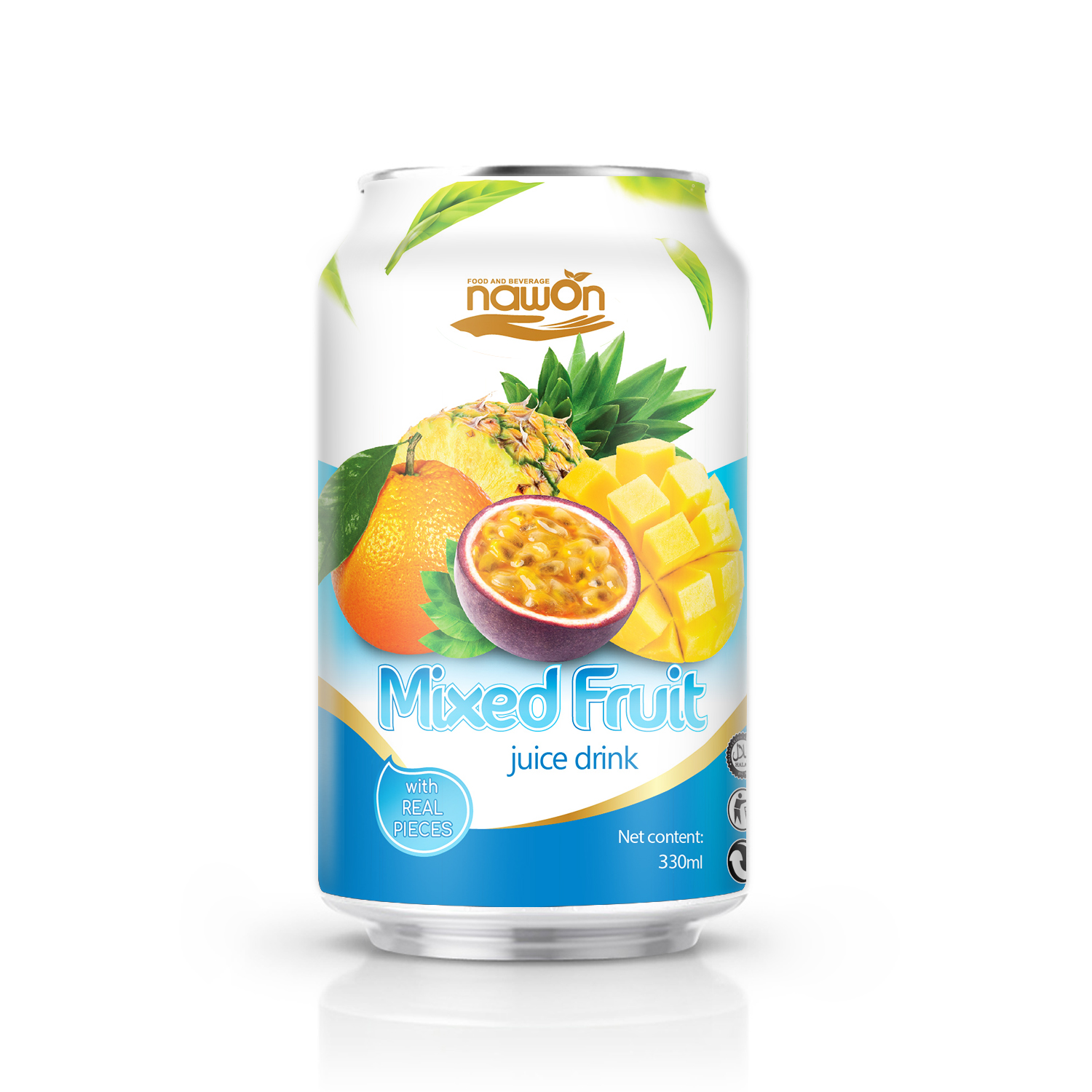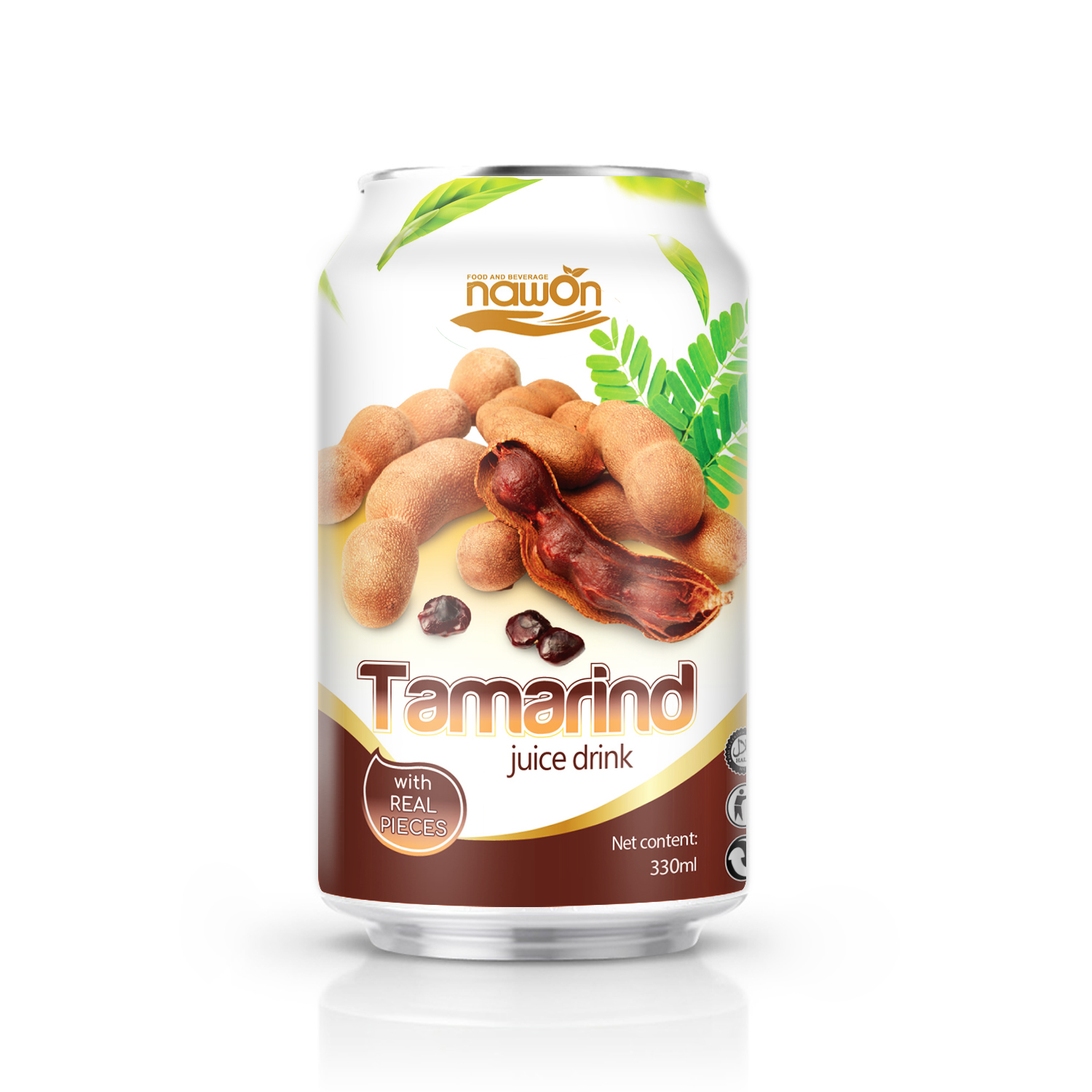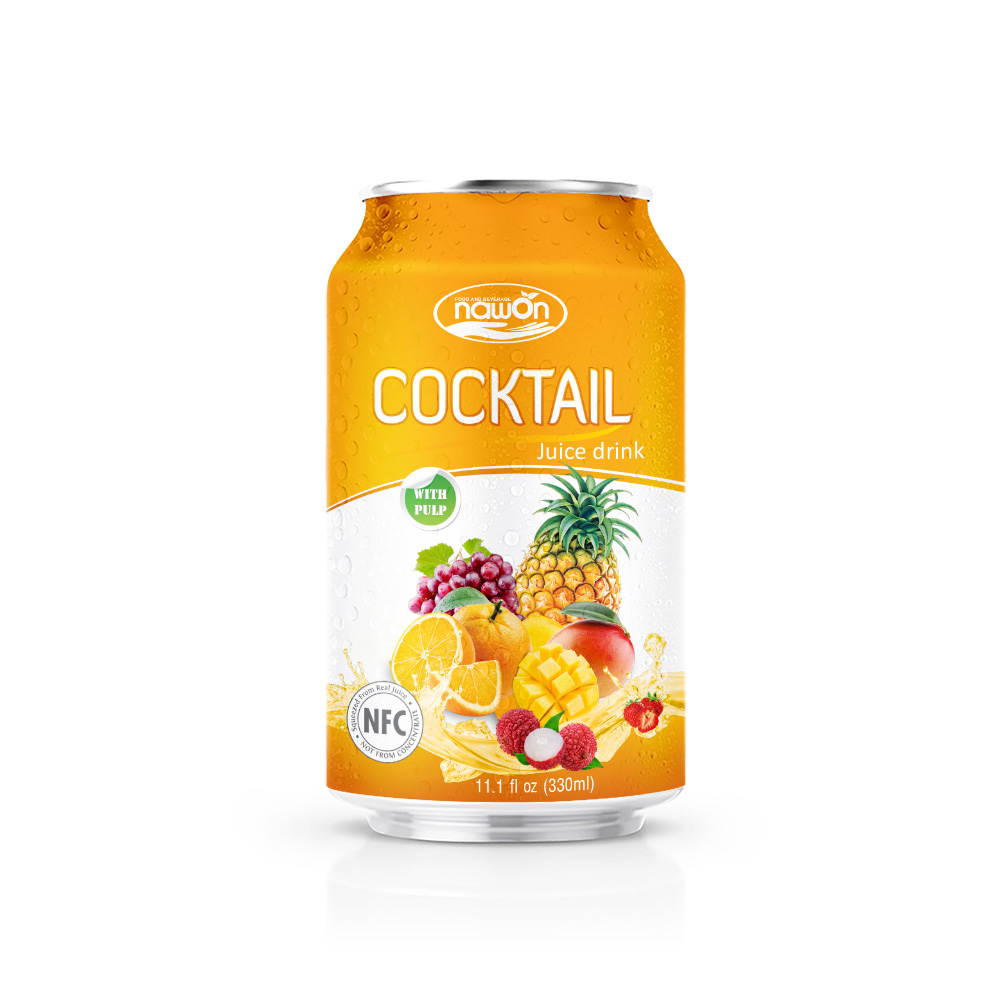Amazing facts about some tropical fruits
Tropical fruits have unique color, shape and flavor. They also contain various nutrition.
Vietnam is famous for the fertilized land for tropical fruit.
Mango:
The Vietnamese soil is so fertile that it produces an incredible number of mango fruits. You just can’t wait for them to be ripe or you’ll leave half of them rotting because, as good as they are, five per day are at least two too many.
Once ripe and light yellow in colour, Vietnamese mangoes are delightfully sweet and full-bodied. The texture of the ideal mango is only slightly firm to the bite and so flavour-bursting that you won’t want to stop eating them!
Health Facts: Mangoes may help to prevent cancer, lower your cholesterol, are beneficial to skin and eyes and boost the immune system.
Soursop:
Besides fresh ginger, yellow tamarind, or green squash, the childhood fruit – soursop (mang cau in Vietnamese) must have become nostalgic memories in Southern Vietnamese people’s hearts. In recent years, despite being sometimes absent in the five-fruit tray every Tet holiday, this rewarding fruit is still close and connected to each Vietnamese family, and is adored by both adults and children.
Health Facts: With a rich content of vitamins and minerals, soursop helps to improve overall health, while preventing aging, giving you a smooth, youthful skin. The fruit contains much more vitamin C compared to banana, grapes or pineapple. Therefore, soursop has a positive effect in improving the activity of the immune system and is also effective for blood tonic, improves digestion, strengthens resistance, lowers blood pressure and prevents cancer – a perfect supplement energy source for the body.
Guava:
Roughly the size of a softball, this pear-shaped fruit has a bumpy exterior and light green colour. Brought into Asia from Central America, guavas in Vietnam are green with white or pink flesh, and have a light, herbal flavour.
Health Facts: Guava provides many nutrients for the body and is also an effective natural healing food. In spite of the sweet taste, the Vitamin C content in guava is even higher than orange, tangerine, or apple. Guava has low calories but is loaded with dietary fiber, calcium, antioxidants, magnesium, vitamin A, etc. As a result, not just yummy snacks, guava works well in boosting the immune system, regulating digestion, maintain blood sugar level, strengthening vision, supporting weight loss, and promoting healthy skin.
Peach:
Peaches are related to plums, apricots, cherries, and almonds. They’re considered drupes or stone fruit because their flesh surrounds a shell that houses an edible seed.
They can be eaten on their own or added to a variety of dishes. What’s more, peaches are nutritious and may offer an array of health benefits, including improved digestion, smoother skin, and allergy relief.
Health Facts: The peach contributes with modest amounts of vitamin C and provitamin A. Nevertheless, it has a great amount of potassium, phosphorus and vitamin B.
Pineapple:
Pineapple is a tropical fruit that has a rather bizarre look. The upper part consists of long spiky green leaves, and the fruit part has a cylindrical shape, covered with thorns and pointy yellow “eyes.” The fruit is, in fact, a team of many individual flowers stacking around the central core.
Health Facts: Loaded with lots of vitamin C and antioxidant compounds, eating pineapple will help protect the skin, reduce inflammation symptoms, relieve joint and bone pain, and reduce stress. With 100 – 200 grams of ripe pineapple a day, you will notice the improvement of mind and body health. People with stomach diseases, obesity, diabetes, high blood pressure, and pregnant women should not eat pineapple, especially long-stored ones.

